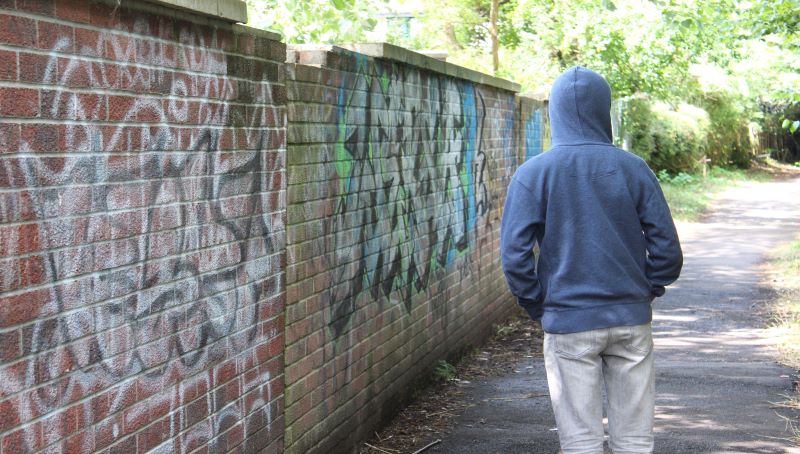
The Community Trigger – a short briefing
Introduction
The Community Trigger, also known as the anti-social behaviour (ASB) case review, is one of the government’s flagship policies on ASB, yet research shows the majority of people have never heard of it.
ASB can have a devastating impact on the lives of those affected. The Community Trigger process aims to tackle some of the most challenging and complex ASB cases.
This briefing aims to give an overview of the process after some recent enquiries on the Community Trigger from network members.
We would love to hear from members on how they are implementing the community trigger, raising awareness of it and best practice examples.
What is the Community Trigger?
The policy, which was introduced in 2014 as part of wider legislation to give victims and communities more of a say in how ASB complaints are dealt with, aims to improve how ASB is dealt with by partner agencies.
It empowers victims by giving them the right to request a multi-agency review of their case if they feel their complaints about ASB have not been addressed.
The community trigger is designed to bring agencies together to work collaboratively to find solutions to difficult ASB cases.
The process
Local agencies have a duty to undertake a case review when someone requests one because their complaints regarding ASB haven’t been resolved.
Their case must meet a locally defined threshold – usually this is three ASB complaints within six months.
A victim can apply themselves for the case review, or someone supporting them can, such as a local councillor.
Agencies including local authorities, the police, housing associations and health teams will review whether or not a case meets the threshold for the community trigger.
If it is decided the case doesn’t meet the threshold, it still provides an opportunity to see if more can be done to resolve the situation.
Once it is agreed between the agencies and the victim that the case should be reviewed, a case review will be held that brings everyone together to find a solution.
Ideally an independent chair will oversee the hearing.
The victim should also have the chance to attend the first part of the panel discussion to explain the impact the ASB is having on their life and what outcome they hope for.
The case review should result in an action plan being put together that the victim of ASB is satisfied with. This should then be acted on promptly to resolve the situation.
Case study examples
If you would like to share how you are using the Community Trigger in your area, do get in touch by replying in the comments.
This video from Westminster Council gives a helpful overview of the Community Trigger process.
Some further examples of positive promotion of the Community Trigger and case studies from agencies using it can be found below.
Further information on the Community Trigger:
Your local police force or council will be able to provide more information on the community trigger process in your area.
Further information can also be found on the government’s website.
And charity ASB Help has a useful directory of where people can find out more about activating the Community Trigger in their own local area.





